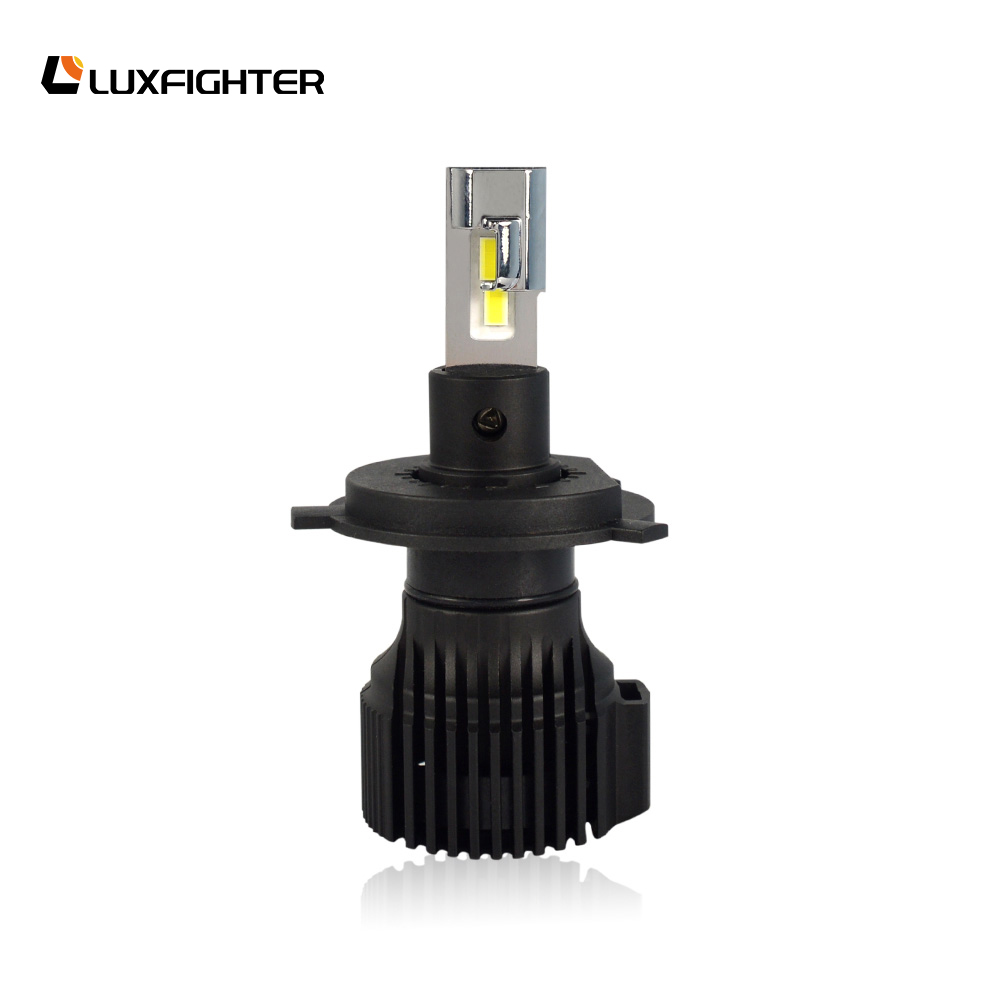Enlightening Comparison: LED vs. Halogen vs. HID Headlight Bulbs
2024-03-22
Headlight bulbs are essential components of a car's lighting system, providing illumination for safe driving in various conditions. LED (Light-Emitting Diode), halogen, and HID (High-Intensity Discharge) bulbs are among the most common types available, each offering unique benefits and characteristics. In this blog, we'll compare LED, halogen, and HID headlight bulbs in terms of energy efficiency and brightness, helping you make an informed decision when upgrading your car's lighting system.
1. Energy Efficiency:
LED Headlight Bulbs:
LED headlight bulbs are renowned for their exceptional energy efficiency. They convert a higher percentage of electrical energy into light, resulting in minimal energy wastage and reduced power consumption compared to halogen and HID bulbs. LED bulbs consume significantly less power, making them an ideal choice for drivers concerned about fuel economy and battery drain.
Halogen Headlight Bulbs:
Halogen bulbs are the most common type of headlight bulbs found in cars, but they are relatively less energy-efficient compared to LED bulbs. Halogen bulbs produce light by passing electricity through a tungsten filament enclosed in a halogen gas-filled bulb. While they are more energy-efficient than traditional incandescent bulbs, they still consume more power and generate more heat than LED bulbs.
HID Headlight Bulbs:
HID bulbs are known for their high light output and brightness, but they are less energy-efficient than LED bulbs. HID bulbs rely on an electric arc between two electrodes within a gas-filled bulb to produce light. While they offer superior brightness compared to halogen bulbs, HID bulbs consume more power and require additional components such as ballasts and igniters, contributing to higher energy consumption.
2. Brightness:
LED Headlight Bulbs:
LED headlight bulbs provide excellent brightness and visibility on the road. They emit a crisp, white light with high color temperature and superior color rendering, enhancing contrast and clarity for drivers. LED bulbs offer instant illumination without the need for warm-up time, ensuring immediate visibility when driving at night or in low-light conditions.
Halogen Headlight Bulbs:
Halogen bulbs produce a warm, yellowish light with lower brightness compared to LED and HID bulbs. While they are sufficient for basic lighting needs, halogen bulbs may struggle to provide adequate illumination in challenging driving conditions such as fog, rain, or darkness. Drivers looking for enhanced brightness and visibility may opt for LED or HID bulbs.
HID Headlight Bulbs:
HID bulbs are renowned for their high brightness and long-range visibility. They emit a bright, bluish-white light with excellent color temperature and intensity, illuminating the road ahead with exceptional clarity. HID bulbs offer superior brightness compared to halogen bulbs, making them ideal for drivers seeking optimal visibility and safety during nighttime driving.
Conclusion:
In conclusion, LED headlight bulbs offer the best combination of energy efficiency and brightness compared to halogen and HID bulbs. LED bulbs consume less power, generate less heat, and provide excellent brightness and visibility on the road. While halogen bulbs are more common and affordable, they are less energy-efficient and offer lower brightness compared to LED and HID bulbs. HID bulbs provide superior brightness but consume more power and require additional components, making them less energy-efficient than LED bulbs. Ultimately, drivers should consider their specific needs and preferences when choosing between LED, halogen, and HID headlight bulbs for their vehicles.



